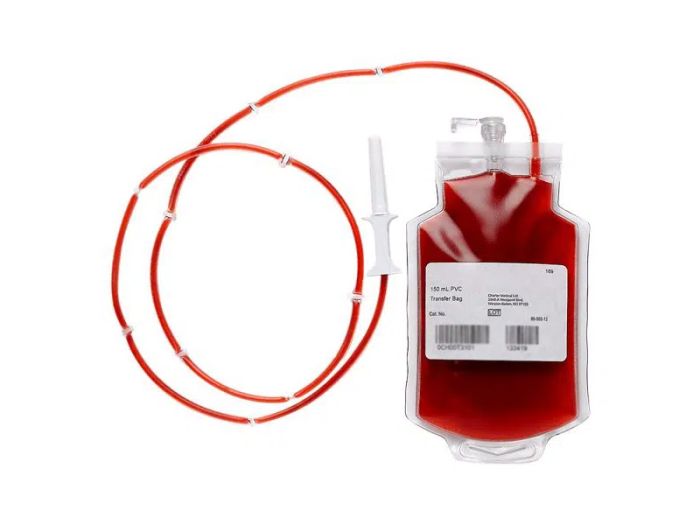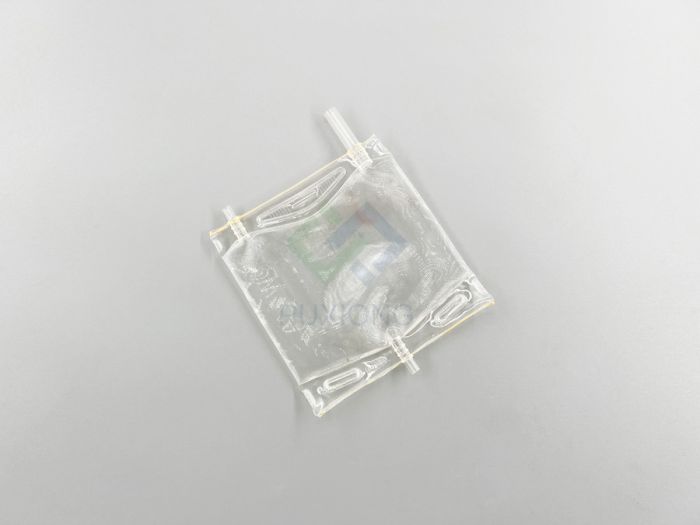Quality inspection of TPU blood pressure monitor airbag welding
1. Core test items and standards
1. Appearance and size test
Test contents: weld surface flatness, color uniformity, width consistency, flash residue, etc.
Standard requirements:
Weld width deviation ≤±0.2mm (if the design width is 3mm, the actual width must be within the range of 2.8-3.2mm).
Flash height ≤0.1mm to avoid puncturing the airbag or affecting assembly.
No defects such as scorching, bubbles, cracks, etc. (visual inspection through a 5x magnifying glass).
Test method:
Use a vernier caliper to measure the weld width and an image measuring instrument to detect the flash height.
Visual inspection must be carried out under a standard light source (≥500lux) to ensure accurate defect identification.
2. Sealing test
Test contents: micro-leakage of the weld and continuous pressure holding ability.
Standard requirements:
Inflate to 0.25MPa, maintain pressure for 3 minutes, and the pressure drop is ≤0.005MPa (ISO 80369-20 standard).
Submerged testing: The weld is immersed in water for 1 minute, and no continuous bubbles are generated.
Testing method:
Inflation and pressurization method: Suitable for batch testing, using a high-precision pressure sensor (accuracy ±0.1%FS) to monitor pressure changes.
Helium mass spectrometry leak detection method: For high-precision requirements, the leak rate can be detected ≤1×10⁻⁸ Pa·m³/s.
3. Strength and durability testing
Test content: tensile strength, bursting pressure and fatigue life of the weld.
Standard requirements:
Weld peel strength ≥15N/15mm (refer to ASTM D903 standard).
Burst pressure ≥300mmHg (about 40kPa), the burst position should be on the airbag body rather than the weld.
Fatigue life ≥100,000 inflation and deflation cycles (such as 1 second inflation, 3 seconds deflation, total time ≥111 hours).
Testing method:
Use a tensile machine to perform peeling test at a speed of 50mm/min, and record the fracture position and load value.
The burst test uses a hydraulic or pneumatic system to gradually increase the pressure to burst, and record the pressure-time curve.
The fatigue test simulates the actual use conditions through automated equipment to monitor whether the weld is cracked or leaking.



